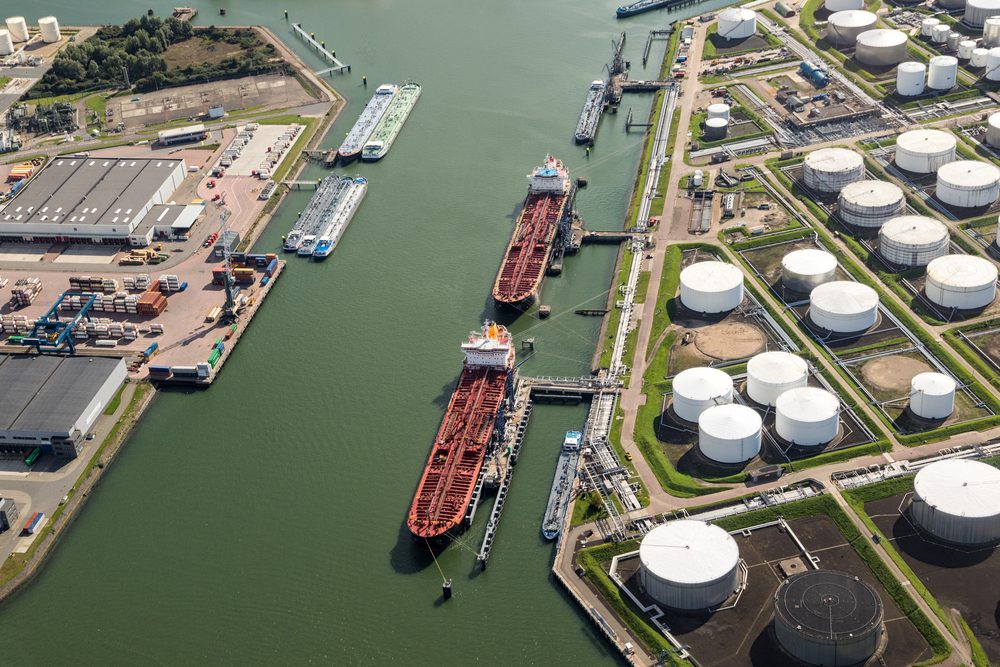The ongoing winter Olympics, coinciding with the Lunar New Year in China, have taken some of the attention away from the drybulk markets. Just as well, because it’s been trading “sideways” (in the words of the Baltic Exchange Ltd., reporting on the late Jan/ early Feb arena for Capesize vessels).
For Panamax ships, “…the depressive nature…” of the marketplace featured in the commentary. So, many “dry guys” (both observers and participants) are really looking several weeks out.
One shipowner executive, John Wobensmith (the CEO of listed company Genco with a fleet of mixed sized drybulk vessels), speaking on a mid January investor podcast, hinted at the shape of what might be waiting around the corner, saying: “I think it’s fairly conventional wisdom that the Chinese government is interested in fairly clear skies going into the Olympics. And one of the ways to do that is to keep steel production tamped down a little bit. Though we expect all that to reverse itself once we get past the Olympics…”
While the skaters and skiiers do their thing, the freight numbers have not been pretty. The Baltic Dry Index (BDI), the numeraire for the overall drybulk arena, encompassing Handies up to Capesizes, fell to “1422”, a drop from levels around “2200” at the end of 2021/ beginning of 2022. In the not too distant rearview mirror, this measure stood around “5700” during the early October 2021 drybulk frenzy. It seems that the Chinese holidays are indeed putting a damper on market activity for larger bulk carriers in the nearby time-frame (not withstanding the longer term influencers- the very high scrap metal prices, over $600/lightweight ton, and historically low orderbook, less than 7% of supply).
On February 7, data provided by the Baltic Exchange Ltd. shows a highly unusual market structure, with smaller vessels worth more than their larger counterparts, at least in the near term. Consider that the spot hire composite for Capes (for geographies all over the world) stood at $9,521/day, with Panamaxes pegged at $16,694/day. The smaller Handies and Supramaxes were getting around $18,000/day, in the Baltic Exchange’s assessment of spot hires.
Commenting on the Capesize segment, U.K. based Consortium Maritime Trading, and advisor on Forward Freight Agreements (FFAs) said: “With the Chinese Lunar holiday in full swing, chartering activity was relatively subdued….” Looking ahead, there are no instant bright spots on the horizon, with Consortium noting that: “Heavy rainfall has severely disrupted iron ore exports in Brazil and is set to continue, thereby limiting the export pace to its customers…” The firm’s analytics team, also pointing to the onset of the typhoon season in Australia (the other big ore exporter feeding Asian markets) said that all this “…does not bode well for Capes in the coming weeks.”
But there are signs of optimism- the analysts at Signal Ocean, with a report published through Breakwave Advisors (which provides investors with instruments for investing in both freight and in maritime decarbonization), have commented that: “In the Panamax segment, the Indonesian coal ban’s expiry is fueling a sense of optimism for more demand in the coming days….Among the main dry vessel sizes, it is now more evident than last week that the Supramax is heading to an increase. It seems that the grain supply uncertainty from Ukraine-Russian tensions has triggered a volume of growth.”
The “forward curves” provided by “the Baltic”, which indicate the sentiment of freight traders at a given time, show expectations of improvement out into the future, with the Capes re-aligning to per diems above the smaller vessels- though not instantly. Looking out to end March (post Olympics and post New Year), freight traders are putting higher values on all the segments (although the Capes are still discounted to the smaller vessels). The traders view further out, to end April, shows time-charter composites for the smaller vessels worth $25,150/day (for Handies) and $26,733/day (for Supramaxes). The Baltic Exchange pricing shows the Panamaxes at $26,654/day (at near parity with the Supras), but the Capesizes still discounted- at $22,561/day.
Yes, this is more than a doubling of the spot composite in the mid “$9’s”, but- in a “normal” market (if there is such a thing), Capes should be worth more than Panamaxes, which- in turn, should be prices above the Supras and Handies. Looking out at the “Calendar 2023” forward freight settles from the Baltic Exchange, the normal structure emerges- with Capes at $20,146/day, slightly above the Panamaxes at just above $18,000/day, which in turn is above the Supras (just below $17,000/day) and Handies (just below $16,000/day).
Handies and Supramaxes have benefited greatly during the past year, from charterers switching cargoes out of containers into the bulk mode. The potential softening of these sizes in 2023 (compared to nearby time-frames), as indicated in the forward pricing, shows a hint of traders’ thinking that the supply chain crunch might just ease a little bit.

 Join The Club
Join The Club











